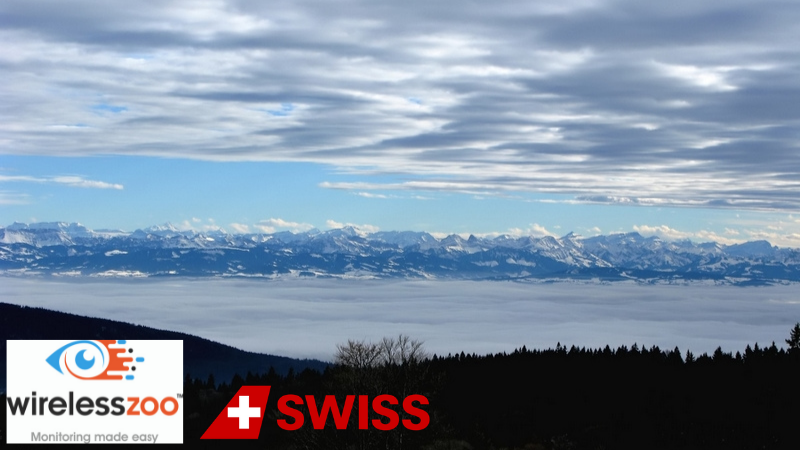In the Canton of Neuchatel, Switzerland, on a crisp 8 degree Celsius , partly sunny day, a 16 year old European Shorthair cat came into the practice for some teeth extractions.
The tail was shaved underneath for the device to be placed for better readings and the study started and lasted almost 2 hours from pre-med to post-surgery recover.
The ZooSense fit nicely on the tail and for the length of time in the practice it didn’t need to be moved, applied with liquid etc. It remained out of the way especially considering the usual equipment would have been a lingual clip either on the tongue, lip or ear, which would have made for a crowded surgical field.
Despite the use of Dorbene, the HR was really accurate, even while the patient was being positioned around or even during the dental. In comparison to the last dental that was monitored, where vitals seemed to be varying in function of the pain/ noise, this wasn’t the case here. The tail was positioned during the procedure along the body for a steady Spo2. The Spo2 was rather good and stable. Temperature took a while to normalise with the cats temperature.
You can see above that the Pulse Rate and Oxygen Saturation were steady and accurate.
During the study they took manual readings every two minutes using one of the below devices for a comparison. Temperature was taken with a rectal thermometer.
For more information on WirelessZoo™, please visit www.wireless-zoo.com


